I'm trying to acquire a new pro range hood. How do I reduce noise?
spurpura
3 years ago
Featured Answer
Sort by:Oldest
Comments (48)
remodeling1840
3 years agoRelated Discussions
How to reduce surrounding noise in patio area?
Comments (13)I guess I don't really understand why you can't address this with the neighbour. You don't have to go in complaining, but rather to explore whether there is any potential solution. You could even articulate concern about the mechanical soundness of their unit, saying that you've never heard one that loud. I also don't know anything about air conditioners, but I believe this could be either a unit sticking out a window that is needed for that room, or it could be the unit for their whole house? For each one, there may be a different solution. Specifically, the solution may carry a different cost, which if I were you, I would be more than willing to help with - on one condition, and that is that they are not violating any ordinances, bylaws, what have you, with their current set-up. In that case, I would first explore that option. There is one other issue, which is that wherever you can get them to move the noise, there may be repercussions for them. For example, moving the unit to their back yard would mean the noise would bother THEM! Heaven forbid, no doubt. Or, moving it to the front of the house would make it not look nice. So they may be burdening you because they don't want to be burdened themselves. But even so, if they are doing nothing illegal and you go to them to discuss it with chequebook in hand so to speak, they may be willing to consider a solution - such as soundproofing around the unit or moving it. If they won't talk it out, you can, regretfully of course, move on with complaints to your local authority - or, come to think of it, the manufacturer of the unit, whose name is likely on the unit and who might be prepared to find a way to solve your problem too. If there is no solution to be found in these avenues, then you can start working on landscaping solutions. But as they are so unsatisfactory, I would tend to try for the more obvious, effective solutions first - the ones that are in your neighbours' hands. KarinL...See MoreHood: power req'd for pro-style range
Comments (4)Kobe is a traditional baffle style hood - VAH uses their own baffleless design. Many fans of VAH on this forum but a number of people complain about how difficult it is to clean and peeling finish. Search on the forum for various opinions....See MoreRange Hood CFM Reducer
Comments (16)Zypher had a nice universal MUA diagram showing how the damper in the vent hood interacts via low voltage communication with the return on a gas furnace to bring in fresh air. You do have to run a 6" or 8" duct to the outside (with specifics on where it can be located) for the fresh, "unconditioned" air. Conditioning, treating the fresh air to be within 10 degrees of room air, is typical in commercial applications but thankfully not in residential as DCJersey's code wording shows. I found this information very helpful. Communication between the vent hood damper and the return air may be through an X10 system. I am trying to determine this. http://en.wikipedia.org/wiki/X10_(industry_standard) X10 is an international and open industry standard for communication among electronic devices used for home automation (domotics). It primarily uses power line wiring for signaling and control, where the signals involve brief radio frequency bursts representing digital information Can anyone comment on if the X10 works in this system? May be a separate low voltage system, idk. Here is a link that might be useful: Link: Universal MUA (Zephyr)...See MoreI'm so confused about range hoods, please help!
Comments (14)Odors are just one component of cooking ventilation. Heat, Odors, Grease, Steam, and Smoke are all what is removed by good ventilation. Those “indoor smog” pollutants affect your indoor air quality negatively. Having them stay in your home affects your health. Multiple studies show that ventilation of cooking products improves that indoor air quality and keeps you healthier. While a retrofit situation may not be able to strive for the ideal, in 85% of my designed from scratch kitchens, the hood will always be specified to be larger than the cooking zone. It is ALWAYS discussed as the ideal, with any client being fully informed and signing off on the consequences of any other choice. When there is is no other choice but to have the same size, planning for it to be as deep as possible is the best solution to limiting the width. In all cases, it is the cooking appliance below and cooking style that determines the CFM needed for ventilation. You will have a low number and a high number based off of that cooking appliance. A high BTU cooking appliance will always have a much higher low number than a consumer grade appliance. Cooking style will increase that base number of the acceptable CFM span. It will never decrease that number. A Wolf range in a kitchen with someone who uses it as an ornament will still need a 600 CFMhood above, merely based on it’s potential. If that potential is lived up to by it’s cook, then that top CFM number will increase. It is the choice of a high BTU pro-style range that has the consequences of requiring that expensive high CFM ventilation system and expensive make up air system. They are inseparable from each other once the choice of cooking appliance is made. It is a package requirement, even though most appliance store salesmen will never discuss that need due to their fear of losing a sale. Instead, they should focus on gaining a sale if they approach the needs for the vent and MUA with the customer. Ventahood or Broan are both good choices. But you need to get with your HVAC specialist to discuss that MUA system. That has to do with climate, local codes that are possible stricter than national codes, and several other details, in addition to the hood power....See Morespurpura
3 years agospurpura
3 years agospurpura
3 years agoopaone
3 years agoopaone
3 years agokaseki
3 years agoCharles Ross Homes
3 years agospurpura
3 years agospurpura
3 years agospurpura
3 years agospurpura
3 years agoopaone
3 years agoCharles Ross Homes
3 years agospurpura
3 years agoopaone
3 years agolast modified: 3 years agospurpura
3 years agokaseki
3 years agolast modified: 3 years agoKim S
3 years agospurpura
3 years agoclinresga
3 years agoopaone
3 years agoopaone
3 years agocatinthehat
3 years agospurpura
3 years agospurpura
3 years agoclinresga
3 years agolast modified: 3 years agospurpura
3 years agoclinresga
3 years agospurpura
3 years agoopaone
3 years agospurpura
3 years agoclinresga
3 years agospurpura
3 years agoKim S
3 years agoclinresga
3 years agolast modified: 3 years agoDead Email
2 years agolast modified: 2 years agokaseki
2 years agolast modified: 2 years agokaseki
2 years ago
Related Stories

DECORATING GUIDESThe Dumbest Decorating Decisions I’ve Ever Made
Caution: Do not try these at home
Full Story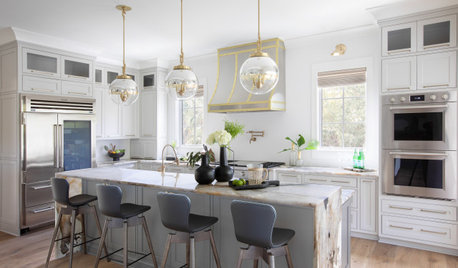
KITCHEN DESIGNDesigner Tips for Range Hoods, Appliances and Lighting
Learn how to get your microwave height just right, what kind of bar stool will be most comfortable and more
Full Story
FEEL-GOOD HOME12 Very Useful Things I've Learned From Designers
These simple ideas can make life at home more efficient and enjoyable
Full Story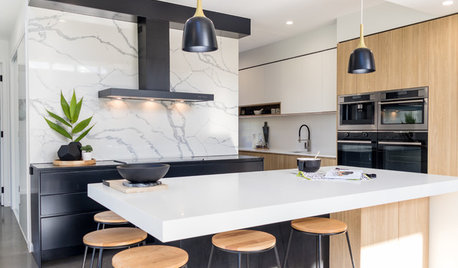
KITCHEN DESIGNHow to Get Your Range Hood Right
Get a handle on the technical specs, and then learn about fun design options for creating a beautiful kitchen feature
Full Story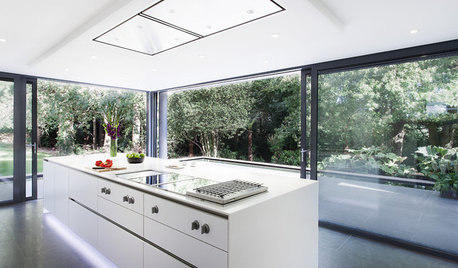
KITCHEN APPLIANCESDisappearing Range Hoods: A New Trend?
Concealed exhaust fans cut visual clutter in the kitchen
Full Story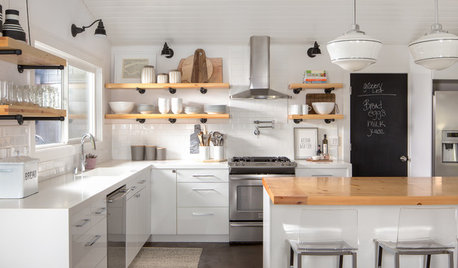
KITCHEN CABINETSWhy I Combined Open Shelves and Cabinets in My Kitchen Remodel
A designer and her builder husband opt for two styles of storage. She offers advice, how-tos and cost info
Full Story
5 Stunning Modern Range Hoods
Today's kitchen range hoods can look like sleek sculptures. Here's what to look for when you go shopping for one
Full Story
LIFEWhat I Learned About Moving a Loved One to a Retirement Home
Setting up an elderly family member’s apartment in an assisted-care facility is a labor of love for this Houzz writer
Full Story
KITCHEN APPLIANCESWhat to Consider When Adding a Range Hood
Get to know the types, styles and why you may want to skip a hood altogether
Full Story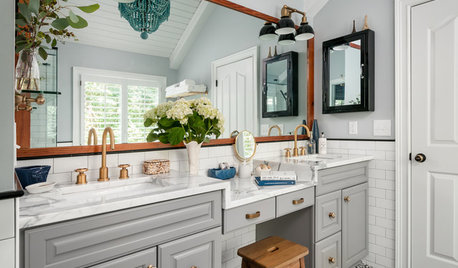
BATHROOM MAKEOVERSWhat I Learned From My Master Bathroom Renovation
Houzz writer Becky Harris lived through her own remodel recently. She shares what it was like and gives her top tips
Full Story


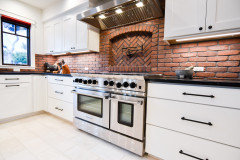

catinthehat